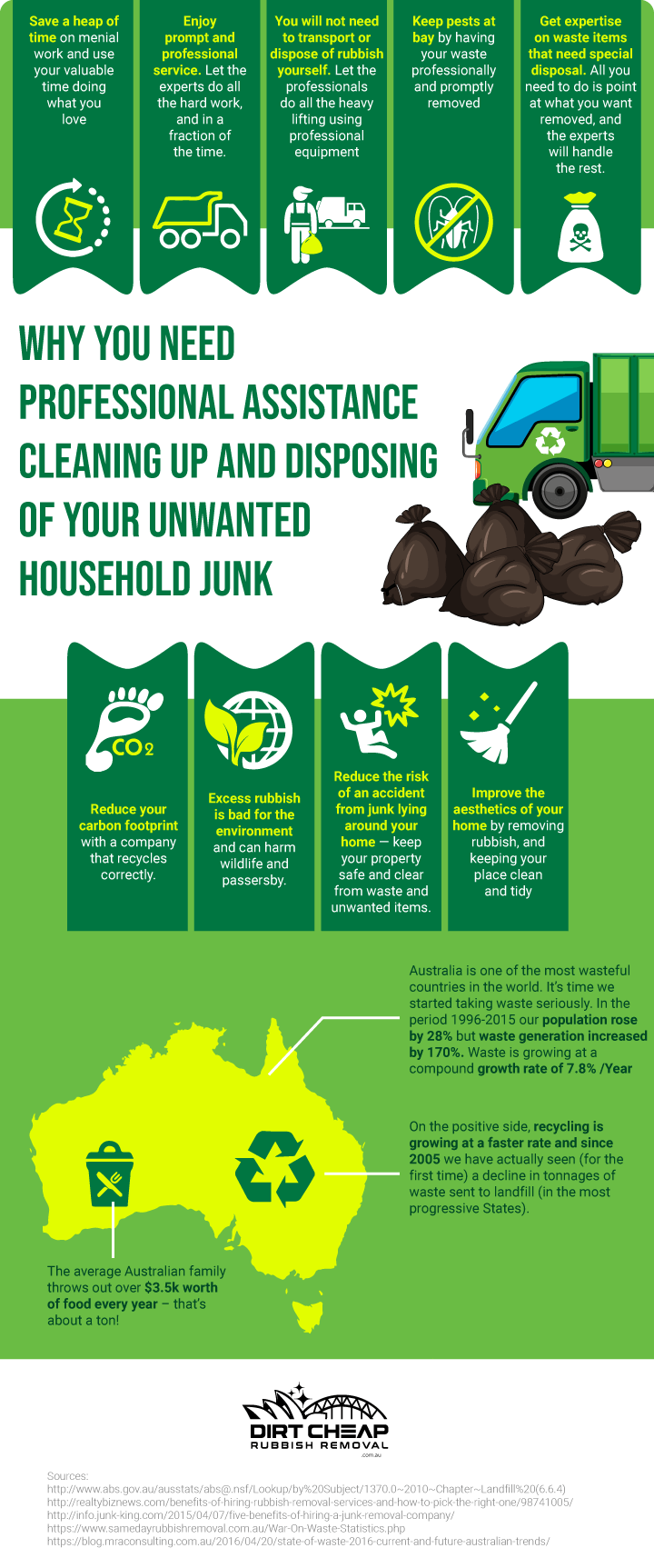The Ultimate Overview To Choosing The Appropriate Dumpster Dimension For Your Project
The Ultimate Overview To Choosing The Appropriate Dumpster Dimension For Your Project
Blog Article
Published By- dumpster rentals fort worth
When embarking on a job that calls for a dumpster, the size you select can significantly affect its efficiency and cost-effectiveness. Imagine having mouse click the up coming document that suits all your waste without being excessively huge or too small. Everything begins with understanding the subtleties of your job and selecting a dumpster size that lines up with your certain needs. So, before you decide, think about the aspects at play to make certain a seamless waste monitoring process throughout.
Variables to Think about
When choosing the best dumpster size, there are several key elements to think about.
Initially, think of the sort of waste you'll be taking care of. Various materials may need differing quantities of space, so comprehending what you'll be putting in the dumpster is crucial.
Next, assess the quantity of waste you expect to produce. If you take too lightly the volume, you may need to make several journeys to get rid of whatever, which can be inconvenient and expensive. On the other hand, renting out a dumpster that's too big can result in unneeded expenditures.
Additionally, take into consideration the space where the dumpster will certainly be placed. Make sure there's enough area for the dumpster to be delivered and gotten without any obstructions.
Last but not least, think of any weight constraints that might use. Exceeding the weight limit can cause additional charges and even the refusal of service.
Dumpster Size Alternatives
For choosing the appropriate dumpster size, it's important to have a good understanding of the offered alternatives. Dumpster dimensions typically range from 10 to 40 cubic yards, with variants in between.
A 10-yard dumpster appropriates for little jobs like a garage cleanout or a small remodelling. If you're tackling a medium-sized project such as a kitchen area remodel or a cellar cleanout, a 20-yard dumpster may be the appropriate choice.
For larger jobs like a whole-house renovation or industrial construction, a 30 or 40-yard dumpster could be more suitable to suit the volume of waste created.
When picking a dumpster dimension, take into consideration the amount and sort of particles you anticipate to throw away. It's much better to choose a somewhat bigger dimension if you're unclear to prevent overfilling. Remember, it's more affordable to rent a dumpster that fits your requirements as opposed to needing to order an extra one.
Matching Dimension to Task
Ideally matching the dumpster size to your project is critical for effective waste administration. To establish the right size, take into consideration the scope and nature of your job.
For small family cleanouts or remodellings, a 10-yard dumpster might be enough. These are commonly 12 feet long and can hold about 4 pickup truck loads of waste.
For bigger projects like redesigning numerous areas or cleaning out a big estate, a 20-yard dumpster might be preferable. These are around 22 feet long and can hold approximately 8 pickup truck tons.
If you're taking on a major building project or industrial restoration, a 30-yard dumpster could be the most effective fit. These dumpsters have to do with 22 feet long and can fit regarding 12 pickup truck loads of debris.
Matching the dumpster size to your project guarantees you have enough space for all waste products without paying too much for extra capacity.
Final thought
Finally, selecting the ideal dumpster size for your project is crucial for efficient waste disposal. By taking into consideration variables like the kind and amount of waste, room schedule, weight restrictions, and budget plan restraints, you can guarantee you have the suitable size dumpster for your requirements. Make certain to match the dimension of the dumpster to the range and nature of your project to prevent overspending on unnecessary costs.
